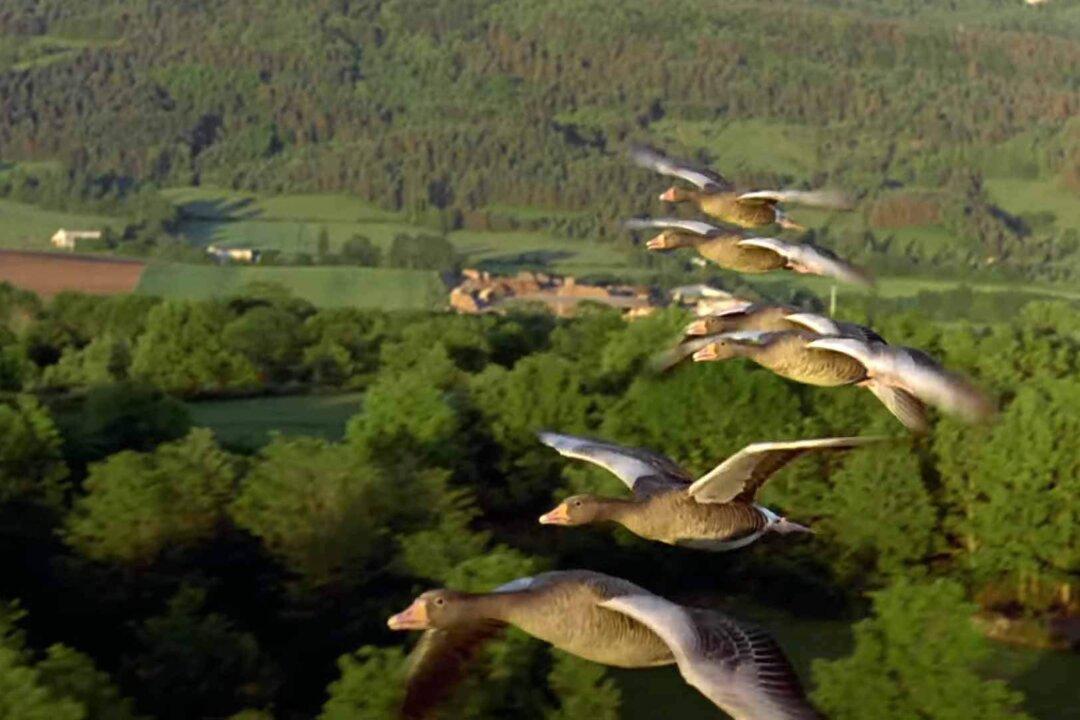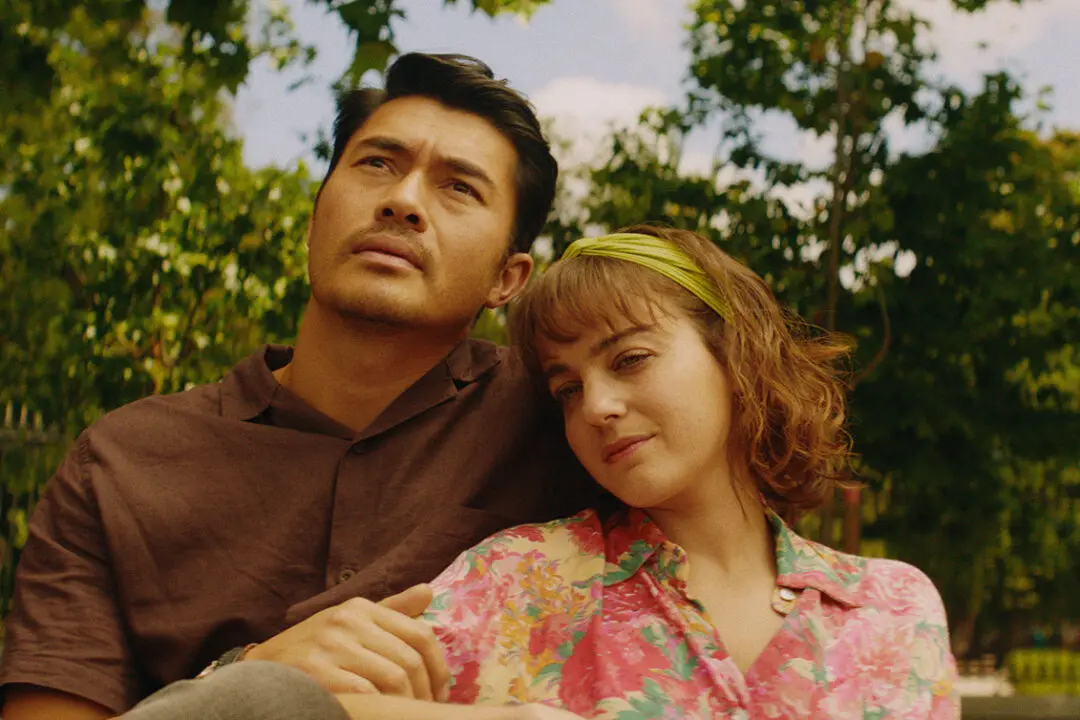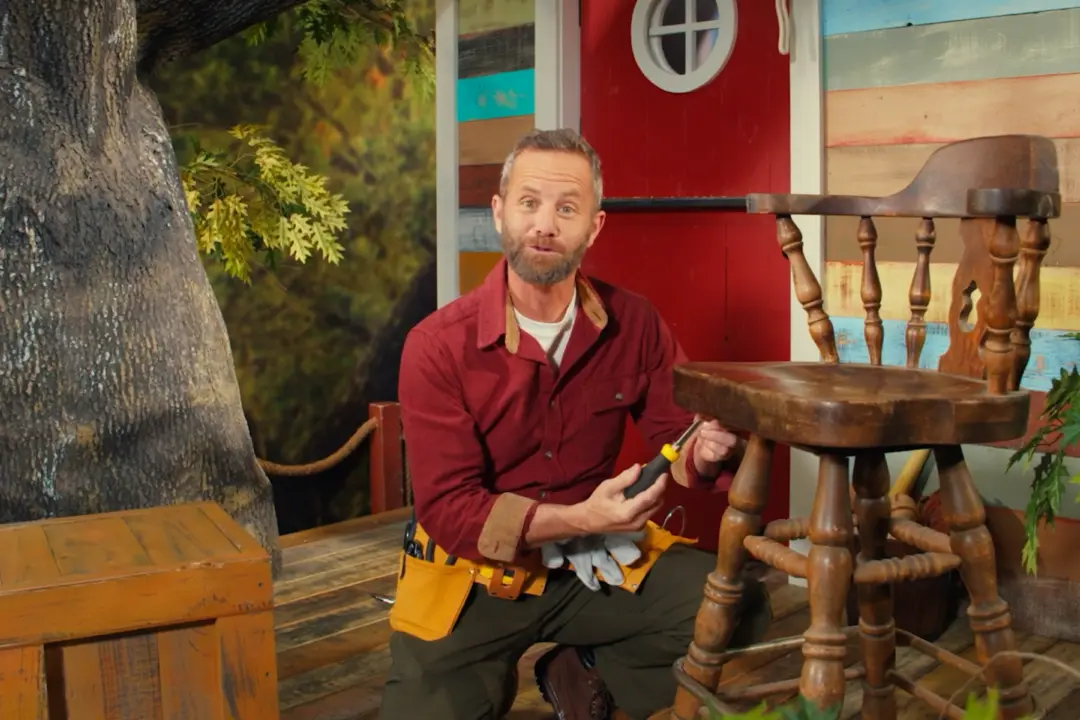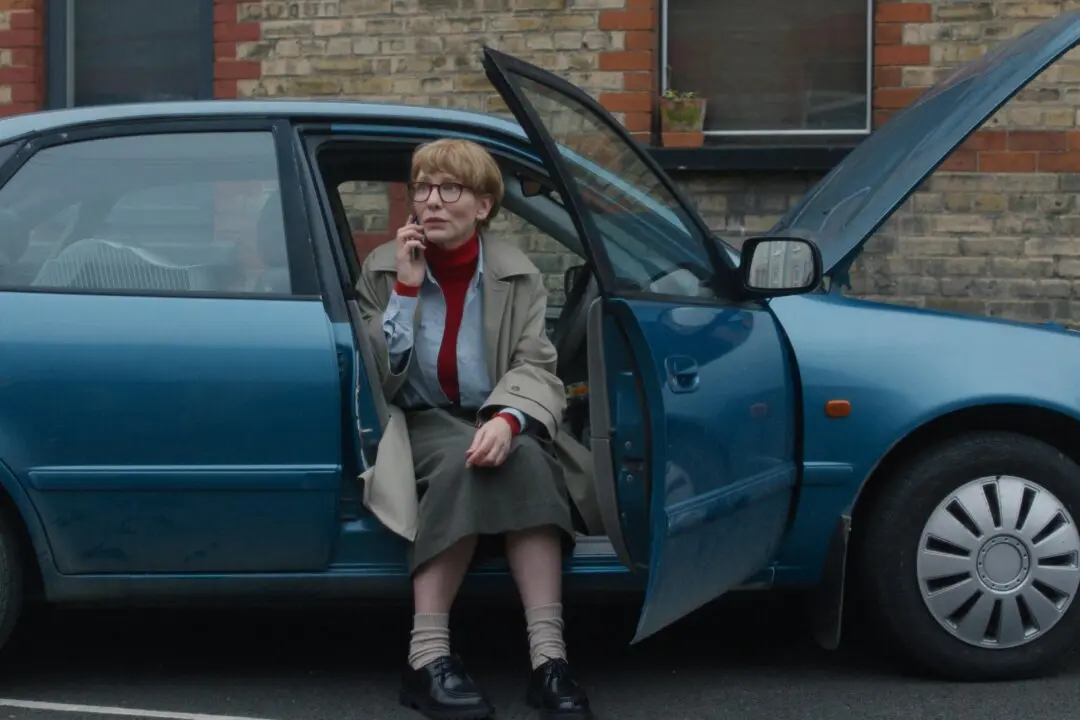Released seven years apart, “Microcosmos” (1996) and “Winged Migration” (2003) fall into the tiniest of all possible movie subgenres: French nature documentaries that are thoroughly devoid of anything resembling progressive messaging or subtext.
Both movies were produced by the late Jacques Perrin (also co-director for “Winged Migration”) and took years to make, and each was extremely profitable. “Microcosmos” cost $3.8 million and took in $52.8 million at the box office. “Winged Migration” was far more pricey ($23.6 million) but more than doubled that in identical ticket sales ($52.8 million).






